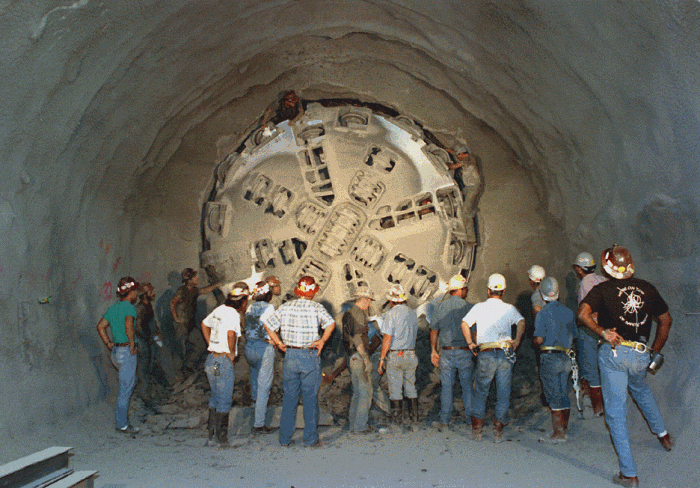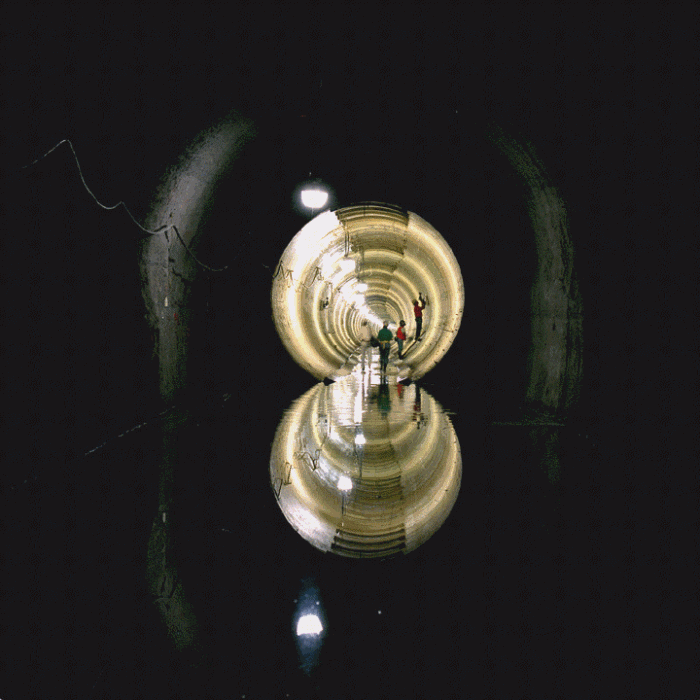
The intention of the collider was to detect the elusive Higgs boson, a particle that is thought to exist in all matter and which gives particles their mass, and provide clues to other mysteries of the universe.
The initial estimate of the Superconducting Super Collider was $4.4 billion, a figure that eventually rose to $12 billion. Finally, after spending some $2 billion on the project, the Congress pulled the plug. When the project was canceled, 22.5 km of tunnel and 17 shafts to the surface were already dug.
For almost fifteen years the SSC was nothing more than the most expensive hole in Texas.

In 2006, Arkansan multimillionaire Johnnie Bryan Hunt bought the complex for just $6.5 million in the hope of turning it into one of the largest and most-secure data storage facilities in America. Hunt’s unique selling point for Collider Data Center was its location and infrastructure. The collider sits on an independent power grid capable of delivering 10 megawatts of power (and up to 100 megawatts if needed), and it has its own dedicated fiber optic line. Its two warehouses can support floor loads of 500 pounds per square foot, perfect for the enormous servers that Hunt intended to buy. The entire complex is clear of flight paths and out of hurricane, tsunami, earthquake and flood zones.
Then, in December 2006, less than six months after investing in the property, Hunt slipped on a patch of ice, broke his skull and died. With the driving force behind the Collider Data Center project gone, it’s future was thrown into doubt and eventually it was shelved.
Today, the collider complex remains abandoned and run down with shattered glass, broken wall titles and plywood barred windows. The proposed collider is however still at sale – the current appraised is at $20 million.







The tunnel, when it was still under construction (below)





Sources: Wired, Wikipedia, HEP.net



.jpg)




Posting Komentar